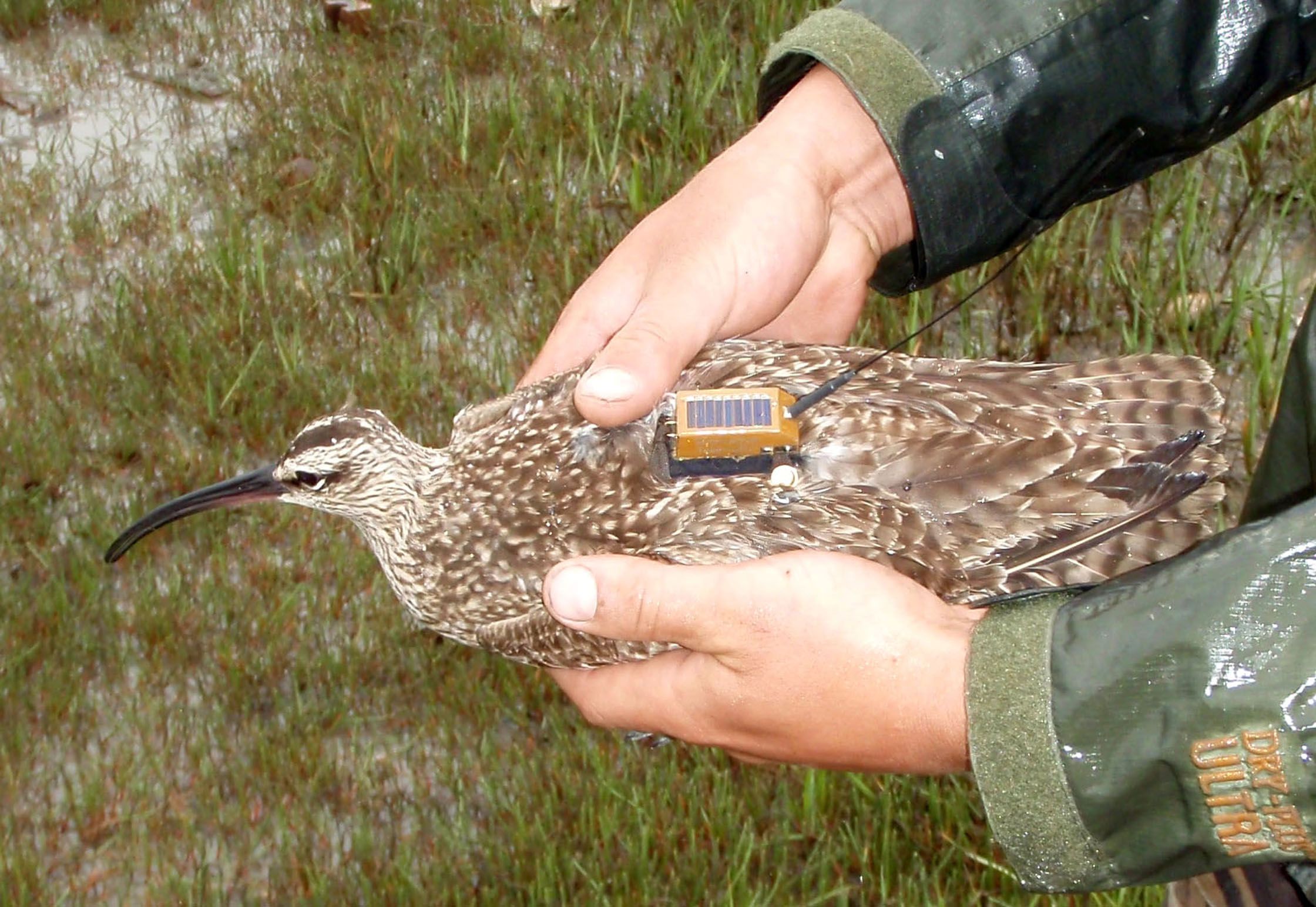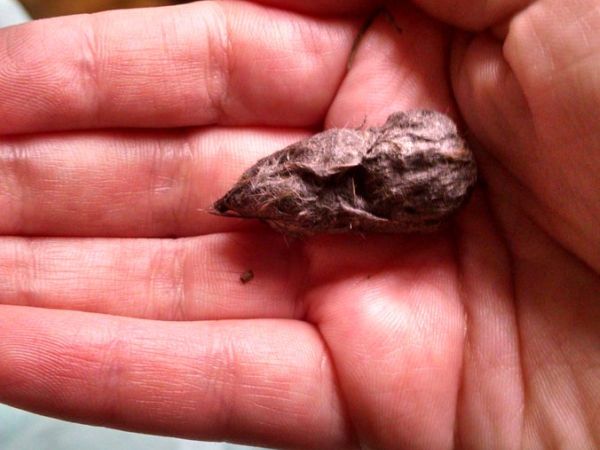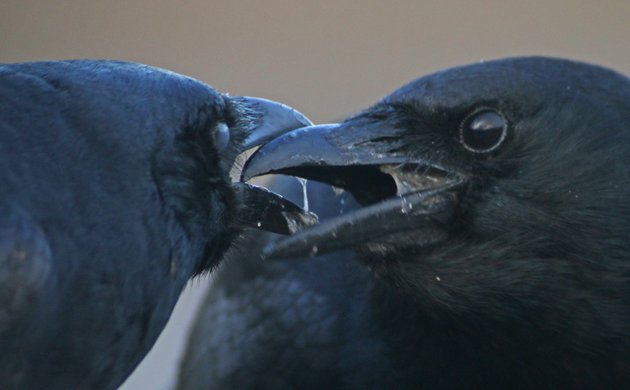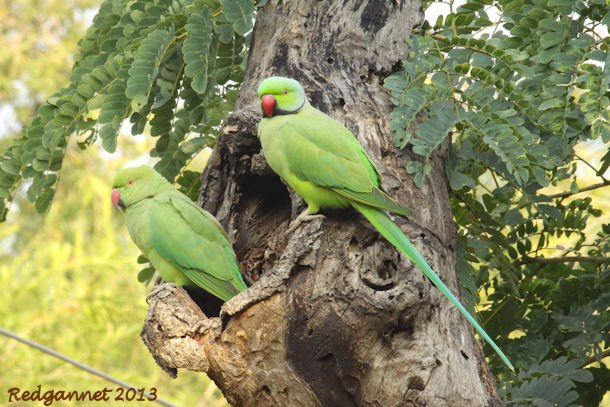Alas, poor Winnie! I knew her, Horatio, a Whimbrel of infinite jest…
Winnie the Whimbrel, celebrated shorebird migrant, is lost and presumed to be no more.

When we last left Winnie, she had just set a new distance record in the flight range of Whimbrels, traversing more than 3,200 miles from the Delmarva Peninsula to the McKenzie River basin on the Alaska-Canada border in an astonishing 146 hours. She then moved on to her breeding grounds in Alaska’s Colville River system above the Arctic Circle, kicking around Alaska until the beginning of August. This, according to Bryan Watts, director of William and Mary’s Center for Conservation Biology, is when Winnie’s troubles began.
“She went down to a drainage that’s a well-known staging area in the west coast of Alaska and staged for a long period of time,” Watts said, then she took off south over the north Pacific and straight into the teeth of a cyclone. “We thought there was a chance the bird could be lost then. But it then went east to Washington, to Willapa Bay.”
By coincidence, Watts happened to be at a conference in Oregon and he went up to Willapa Bay to look for Winnie, who was feeding up in what he called “a beautiful shorebird staging area” after fighting 50 mile per hour cyclone winds during her 1,000-mile flight from Alaska.
Watts couldn’t find the bird, who stayed in Willapa Bay, resting and refueling from Aug. 7 to Aug. 23. He expected her to fly down the Pacific Coast, perhaps to wintering grounds in Central America, but Winnie surprised trackers by heading east again, on what would be the last of her great migratory flights.
“That bird turned inland and made another flight,” Watts said, ” another 1,000 mile flight. And then finally made it to Lake Superior there in Wisconsin.” Winnie encountered stiff headwinds over the high plains, ending up in a poor foraging area and “just ran out of gas,” Watts said.
The Center for Conservation Biology will continue its study of Whimbrel migration, with plans to put several more transmitters out next spring and fall. Multiple transmitters in the field should provide a better sense of what the normal migratory patterns are, patterns that wayward Winnie apparently eschewed.
To her favor, Winnie’s travails serve to shine a light on why certain ecosystems are critical nodes in the web of life and deserving of strong protections. According to Watts, “It kind of highlights the significance of these places like the Delmarva, which have incredibly high food resources. That’s why they’re attracted to these areas. But to be lost in a place where you don’t have much to feed on, that’s a risk that the birds take.”






 New writers welcome – please contact us for details.
New writers welcome – please contact us for details.

















Many of us are sad about Winnie here at William and Mary. Our researchers deal with a lot of birds; occasionally we recognize one as an individual. Such is the case with the whimbrel that came to be known as Winnie. She didn’t exactly die for science, or because of science, but died while science was watching. Her flights changed our understanding of shorebird migration dynamics.